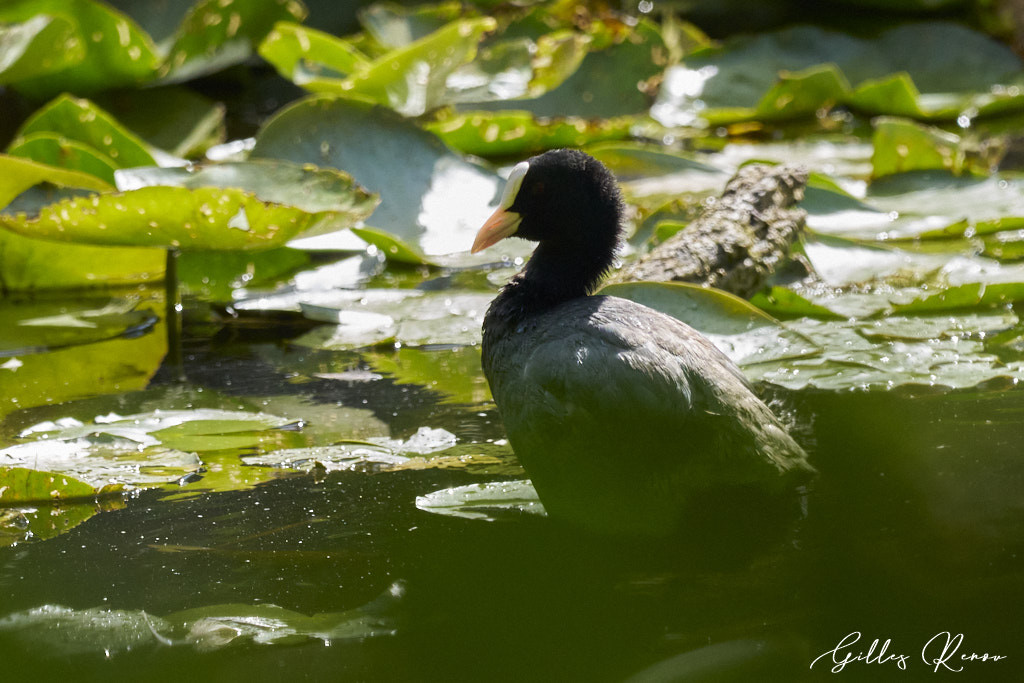Beschreibung
Étang de Crosagny is a shallow pond surrounded by meadows, forests and reed beds. The landscapes changes throughout the seasons. This place, with its enchanting calm, is a great place for birders in search of tranquility. Among the birds you can encounter are Bläßhuhn, Nachtreiher, Bienenfresser, Pfeifente, Drosselrohrsänger, Zwergdommel, Purpurreiher, Kuckuck, Rohrammer, Wasserralle, Hausrotschwanz, Baumfalke and Rohrweihe.
_________________________
Français: L’étang de Crosagny est un plan d'eau peu profond, entouré de prairies, de forêts et de roselières.Il fait partie d'une zone humide protégée. L’étang offre des paysages changeants au fil des saisons. Ce lieu, d’un calme enchanteur, attire les amoureux de la nature en quête de tranquillité.
Details
Zugang
Étang de Crosagny us close to St Felix, Rumilly and Albens. You can access the area and park on different points. Press a P on the map for directions to a parking. A discovery trail with a bird hide is set up along the west bank of the area. The hide is open to the public all year round.
_________________________
Français: Proche de St Felix, Rumilly et Albens : 3 accés et parkings possibles. Un sentier de découverte est aménagé le long de la rive ouest de l'étang de Crosagny. L'Observatoire ornithologique est ouvert au public toute l'année.



